HC: thinking with more than one mind
What or who is HC, really? “Its humorous approach proved to be a pretty efficient tool to create unexpected situations.”
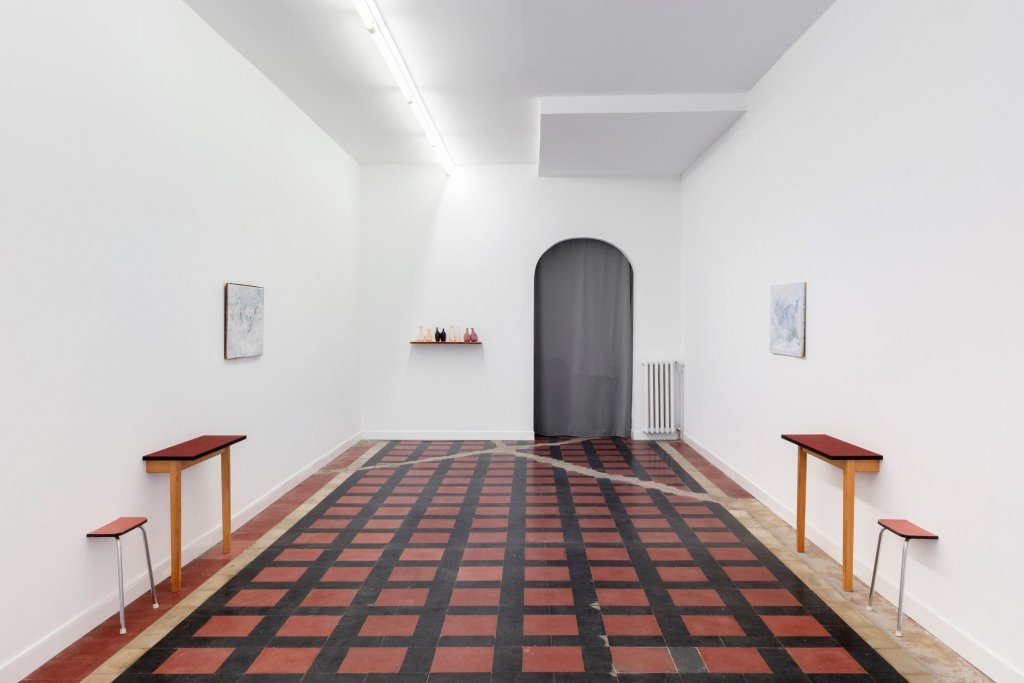


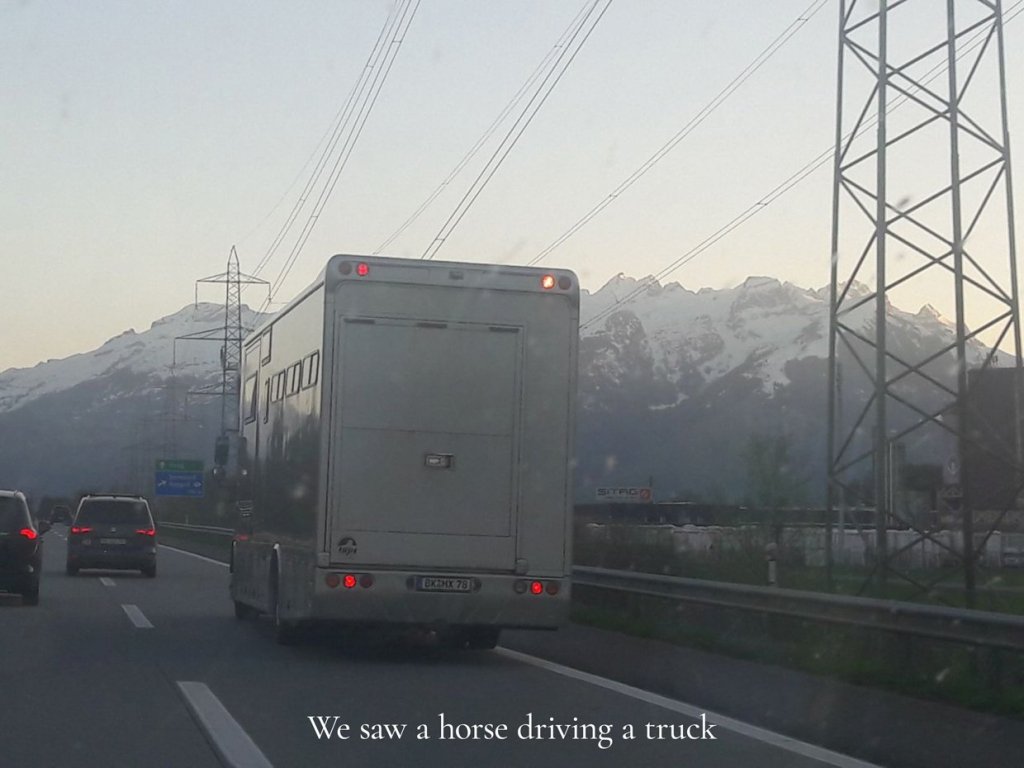
The name HC first circulates among art world lovers thanks to the bureaucratic lingo of VG Bild-Kunst, a German company that collects and redistributes copyright royalties. Anno 2017, Lucas Hirsch booth at Art Cologne, the founders of the collective HC Lukas Müller and Friedemann Heckel present replicas of a few pioneering Transparencies by Francis Picabia.


The project is a reflection on the circulation of images, as the French painter had already juxtaposed historical references and motifs in these compositions from the 1920s and 1930s, which are used again by the two German artists who download low-res reproductions from the web – no matter that many had unfaithful colors, cheesy cropping and grainy details – to produce a series of watercolors.
With this project HC adds a further layer to Picabia’s branched game of citations and visual leitmotifs, de facto paying homage to modernist and postmodern traditions that questioned, more or less implicitly, ideas of authorship in the arts via aesthetic-critical tactics. Moreover, the Transparencies give the two artists the opportunity to blend styles and work in tandem on the same surfaces.

VG Bild-Kunst eventually finds them out. According to the company, the works are copies, and it does not matter for them if HC’s works are replicas of Picabia’s actual works or their reproductions. The company sends a “cease and desist” letter to HC, which however proves the lawfulness of the operation thanks to the help of a specialized lawyer.
“HC is the continuation of a friendship that took off in teenage times” recount Lukas and Friedemann. “When starting HC in Brussels in 2016 we picked up a conversation that was interrupted while we studied and lived in different cities. To put our heads together again was one of the initial ideas that led to a collective approach. And since thinking with more than one mind is such a rewarding process, we occasionally also include others. The collective is therefore a vehicle that allows us to take the works, ideas, and creations of others into account and include them into our own dialogical practice. Collaborators can be musicians, graphic designers, writers, bar keepers, other artists or their works, visitors, or even strangers.”
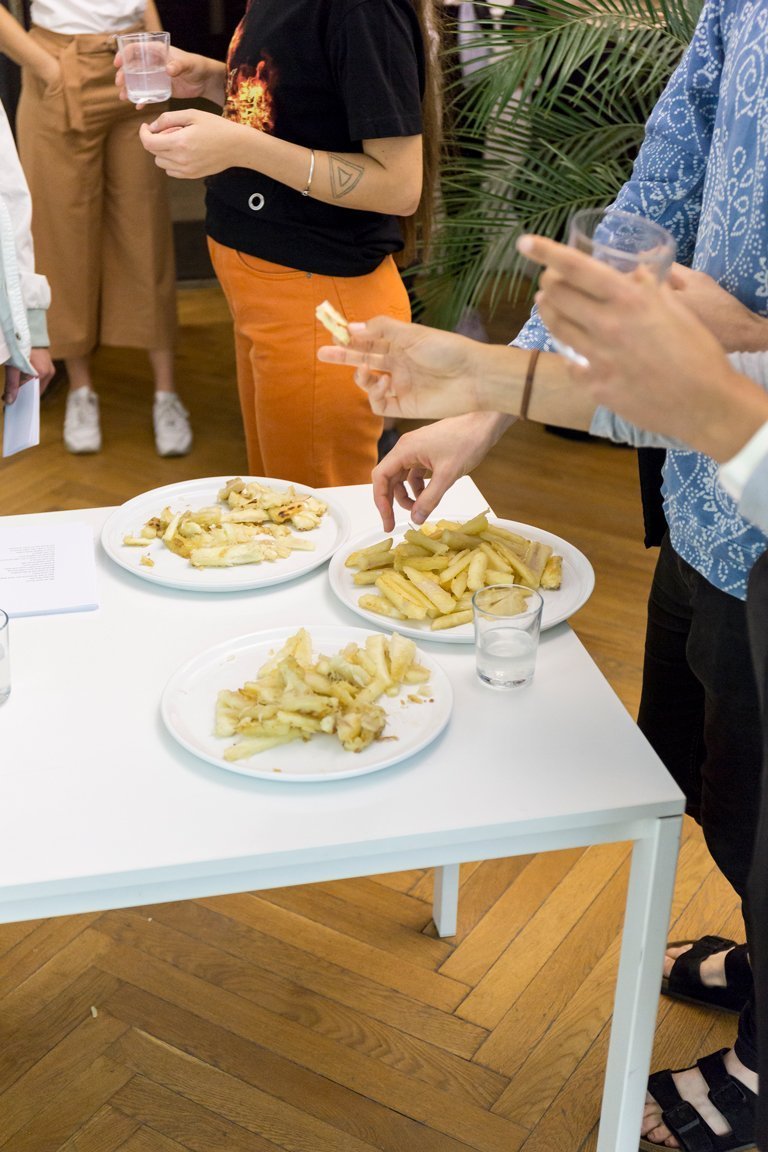
Collaboration in the broadest sense is at the heart of HC’s artistic practice. Invited for an evening to take over the Pogo Bar at the KW in Berlin, the artists build Siamese cups, from which one can drink only in company of another unless spilling the drink on the floor. They repeat the experiment in a show at Galerie Thomas Fischer, and on this occasion they take snapshots of couples, collaborators or associates as they sip together from the clay containers, which they will later translate into paintings on wood for an exhibition at Damien & The Love Guru in 2019.
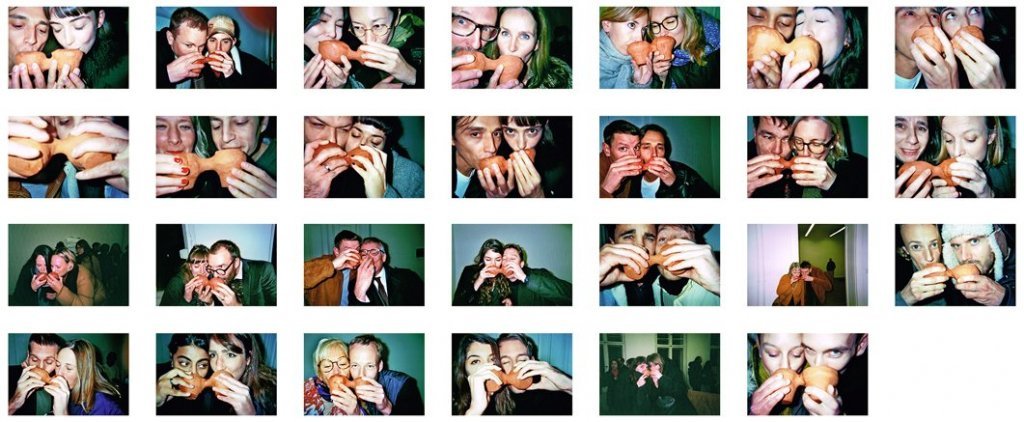

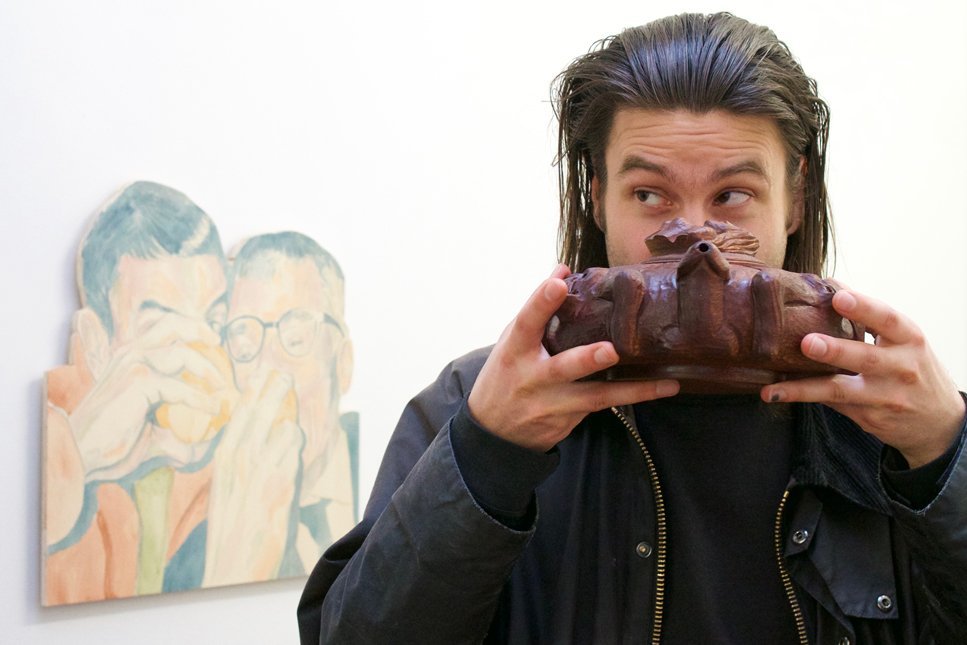
Overflowing, the collective welcomes the point of view of new accomplices, while maintaining the center of gravity around the two founders. From one stage to another in their exhibitions and travels, they include insights, procedures and interests that shift more or less radically in the formal outcome during the process.
Say the artists: “HC started playfully. We diced the initials. When others began to take HC seriously, its humorous approach proved to be a pretty efficient tool to create unexpected situations. We started to produce not only singular works but rather participatory environments that invited visitors in. For us they became part of the collective for the time of their participation. The works included became more of a bridge between people and thoughts.”

Another refrain in HC’s practice is that of landscape painting. For the 2019 edition of Art-O-Rama in Marseille, the two artists paint in their Airbnb a series of canvases that capture the sea dawns of the French city, later arranging them in a rigid sequence on the wall and letting them mirror each other.
Supposedly simple, the project winds up producing a series of potential short circuits: again the “unique” work and the infinite variations on a theme; the preciousness of the moment experienced intimately in the morning and the allusion to the repetitiveness of the painting routine; the immediate response to an environment that sharpens the sensitivity in the practice of painting en plein air and the suspicion of a Google Images SERP with interchangeable dawns. These short circuits have even greater implications if, as in a delightful article by TJ Clarke on the relationship between Cézanne and Pissarro, we mean the petite sensation from which painting is generated according to the two masters not as a subjective fact, but as an irreducibly shared perception.
But what the ‘petite sensation’ was remained for them a mystery. This was the great thing that painting was meant to find out. Yes, it was ‘mine’; but as I made the actual marks that were my seeing (‘Je vois, par taches’), I came to understand that in some sense it did not belong to me at all – or at least to the ‘me’ of the mind, of subjectivity. It, the ‘sensation’, was the contact – the deep structure of the contact – between sensorium and surrounding. Unique to each individual, doubtless, but full of a materiality, an exposure to the exterior, that put individuality at risk.
– T.J. Clark, “Strange Apprentice” in The London Review of Books, Vol. 42 No.19, October 2020
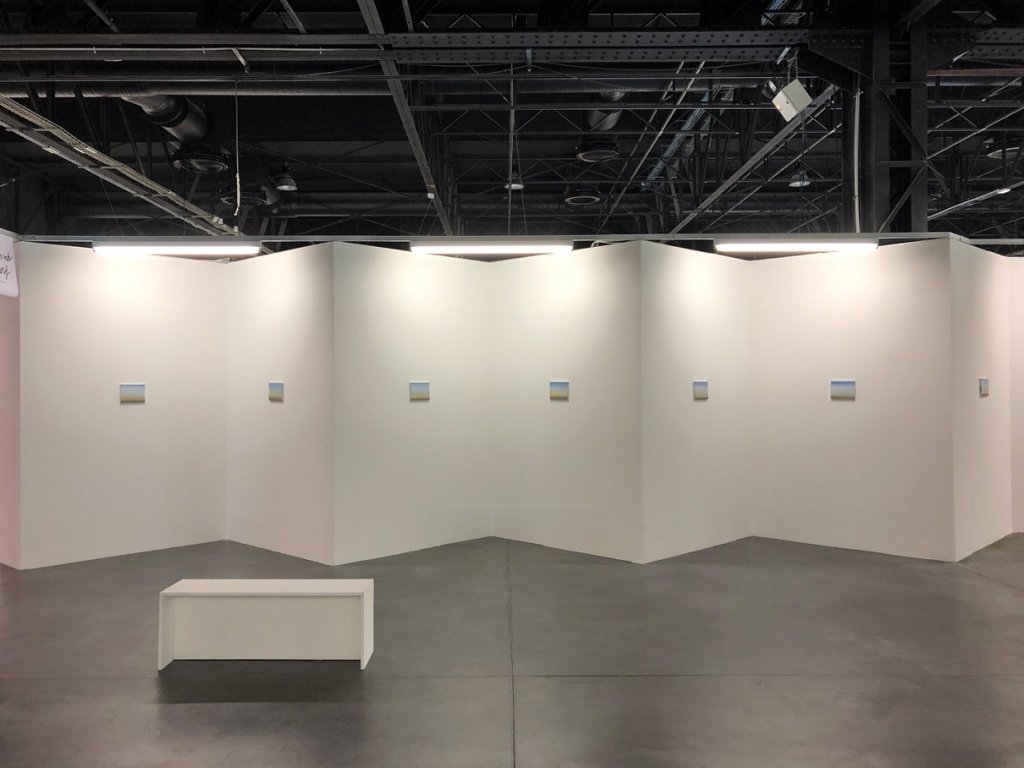
Most importantly for HC is the sense of speed in the execution and adherence to the specificity of a place, for HC’s projects almost always arise on the artists’ way to the exhibition venue, in conversation with those around them during the project, in continuous references to the history of art that enters into dialogue with the works in a lateral way, not haughty or irreverent, but as a form of reopening of chats left halfway between different generations.
Says HC: “We learn a lot from looking back at our foregoers. Some of our references to past practitioners happen out of pure admiration (or amusement). We believe that there’s huge amounts of thoughts and ideas being lost over time and people’s understanding of art intensively clings to very overcome clichés. We find it important to underline and show again some results and achievements of our foregoers, especially those that are questioning the ways we understand and reflect on art and surprise us with a turned perspective, for example through fictional aspects.”

It may therefore happen that plastic comic book characters enter pre-alpine landscapes as astonished ready-mades, uncertain about the path to take; or that the landscape is composed of miniature models of plants, animals and houses arranged vertically on a gallery window; or that a tribute to Giovanni Segantini is transformed into the project of an oblique “cover version” to be realized in a short stay in the very same mountains that inspired the stateless artist. Or at least, this is what was discussed while drinking a coffee in a cold Berlin afternoon. We understand it now: HC can radically transform an intuition, following the suggestions that, just in time, accompany it from city to city.
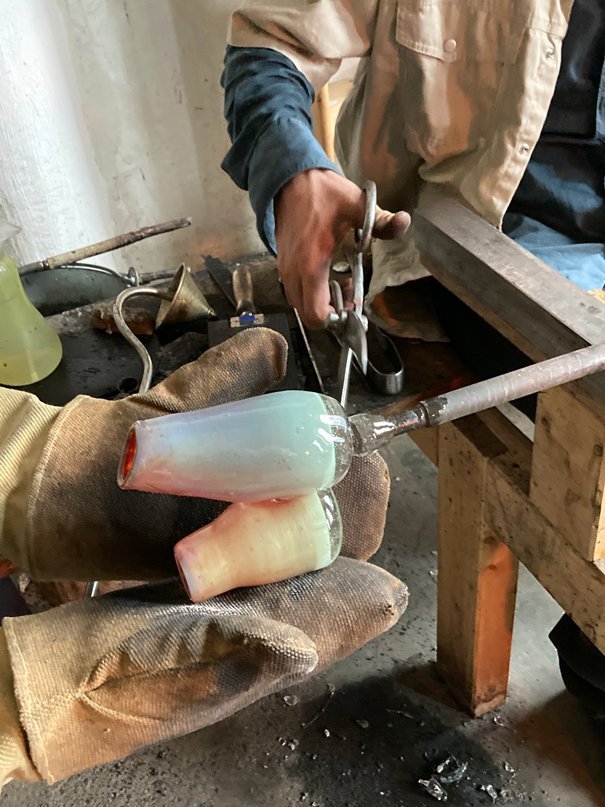
April 14, 2021
